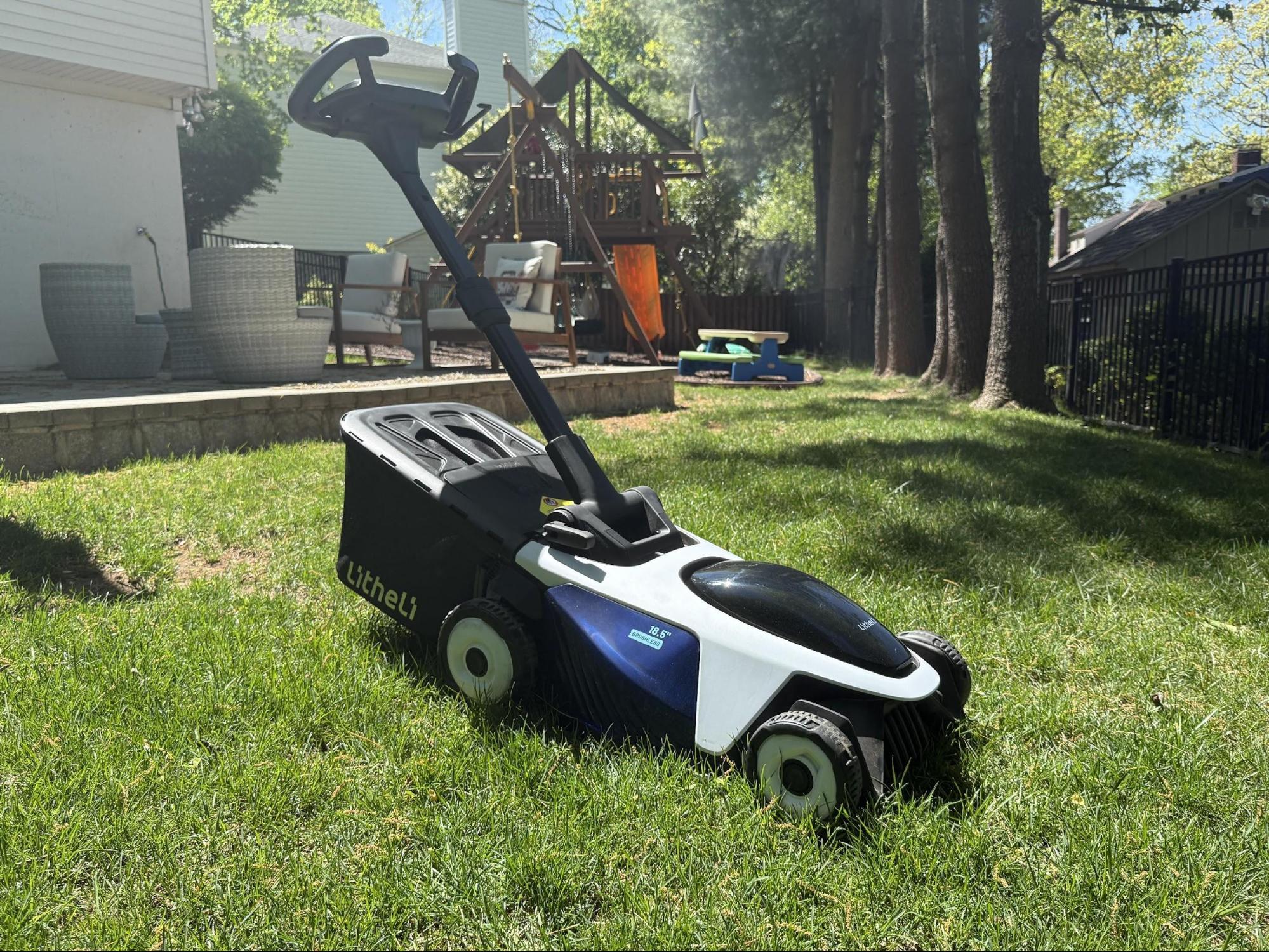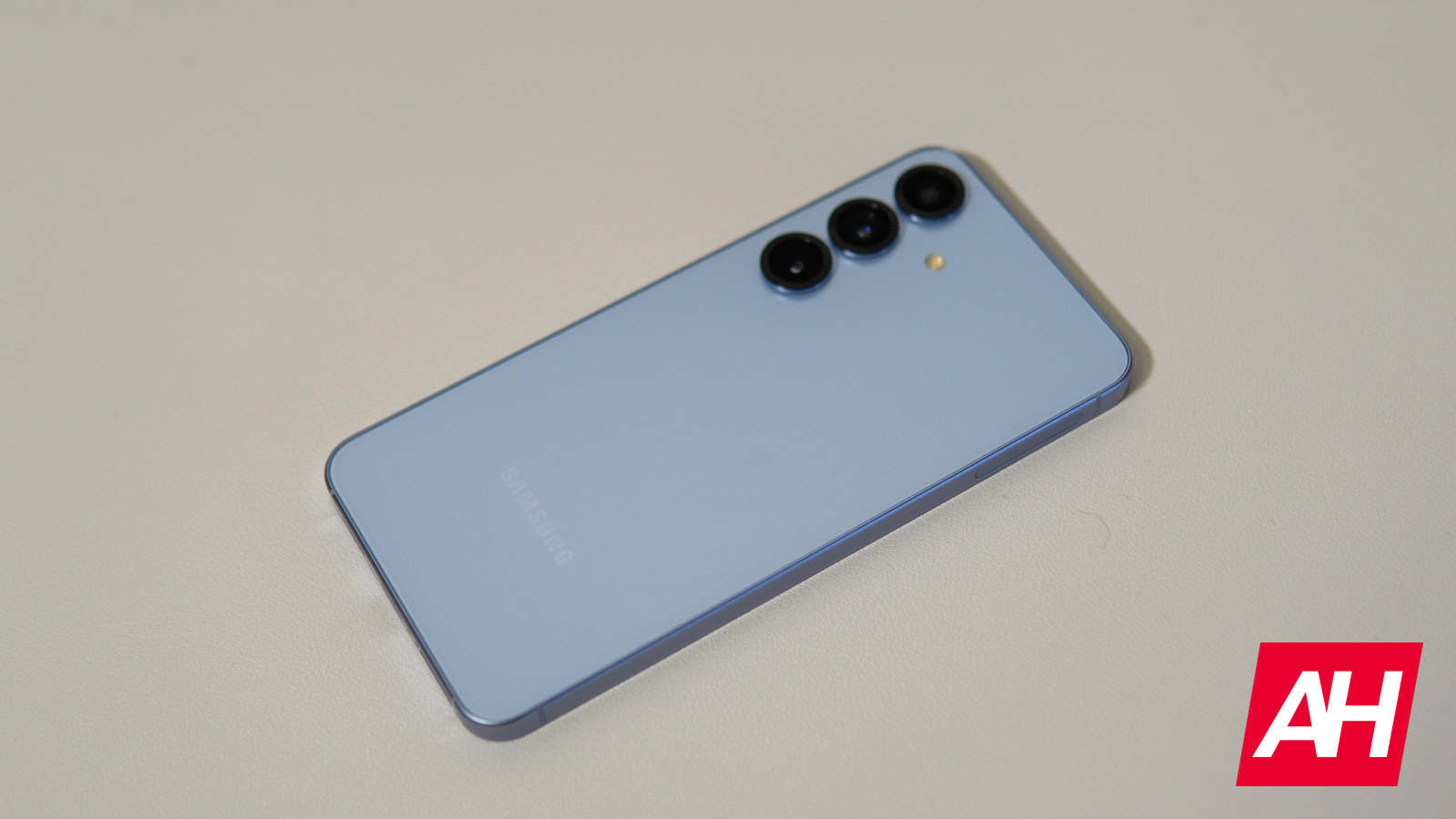These Upcoming Chips & Sensors Aim to Revolutionize Phone Cameras
July 15, 2025 | by Admin

Mobile photography fans rejoice. In recent years, we’ve seen major advancements in the field, from massive sensors to collaborations with traditional camera brands. Now, the phone market is preparing for a new wave of flagship devices this September and October, bringing with them not just cutting-edge processors but also a fresh array of main and telephoto camera sensors designed to elevate your pictures.
This evolution is driven by the next-gen premium chipsets for Android mobile devices. The list includes models such as the Snapdragon 8 Elite 2, Dimensity 9500, and Exynos 2600. These powerful mobile brains are engineered to work in tandem with the advanced imaging hardware, creating a seamless and powerful photographic experience.
New powerful camera sensors for your next Android flagship phone
New details on these upcoming mobile cameras provide a glimpse into the improvements. For main cameras, we are seeing specifications for new 50MP sensors. These include the OV50Q (1/1.3″), which features advanced autofocus and light capture technologies (LOFIC and QPD). There’s also the LYT828 (1/1.28″), built for enhanced dynamic range and power efficiency with technologies such as DCG+ (Dual Conversion Gain Plus) and VS (Voltage Scaling). Another sensor, codenamed “590” (1/1.28″), offers LOFIC 2.0 and similar architecture to the LYT828.
Crucially, these main sensors boast larger sizes, around 1/1.3 inches, allowing them to gather more light for clearer shots.
The telephoto cameras are also seeing significant upgrades. You can expect new 50MP telephoto sensors like the ISOCELL GN8 (1/1.95″), designed for detailed images even in low light thanks to technologies such as iDCG (improved Dual Conversion Gain) and DSG (Dual Slope Gain). For high-resolution zoom, a 200MP ISOCELL HP5 (1/1.56″) sensor promises incredible detail via DCG-HDR for enhanced high-dynamic-range photography.
There is even talk of a new “HPB” sensor as a minor upgrade over the current ISOCELL HP9.
The synergy between these advanced sensors and the new chipsets is vital. The latest processors come with improved image signal processors (ISPs), which translate raw sensor data into the vibrant photos and videos we see. A more robust ISP can handle larger data streams from higher-resolution sensors and enable more sophisticated computational photography. This ultimately leads to sharper, more dynamic, and more lifelike images.
Chinese brands will probably feature them
As usual, it’s likely that Chinese manufacturers will bring these sensors to market. Big Western tech brands, such as Samsung, Google, and others, are taking a more conservative approach to hardware.
RELATED POSTS
View all


